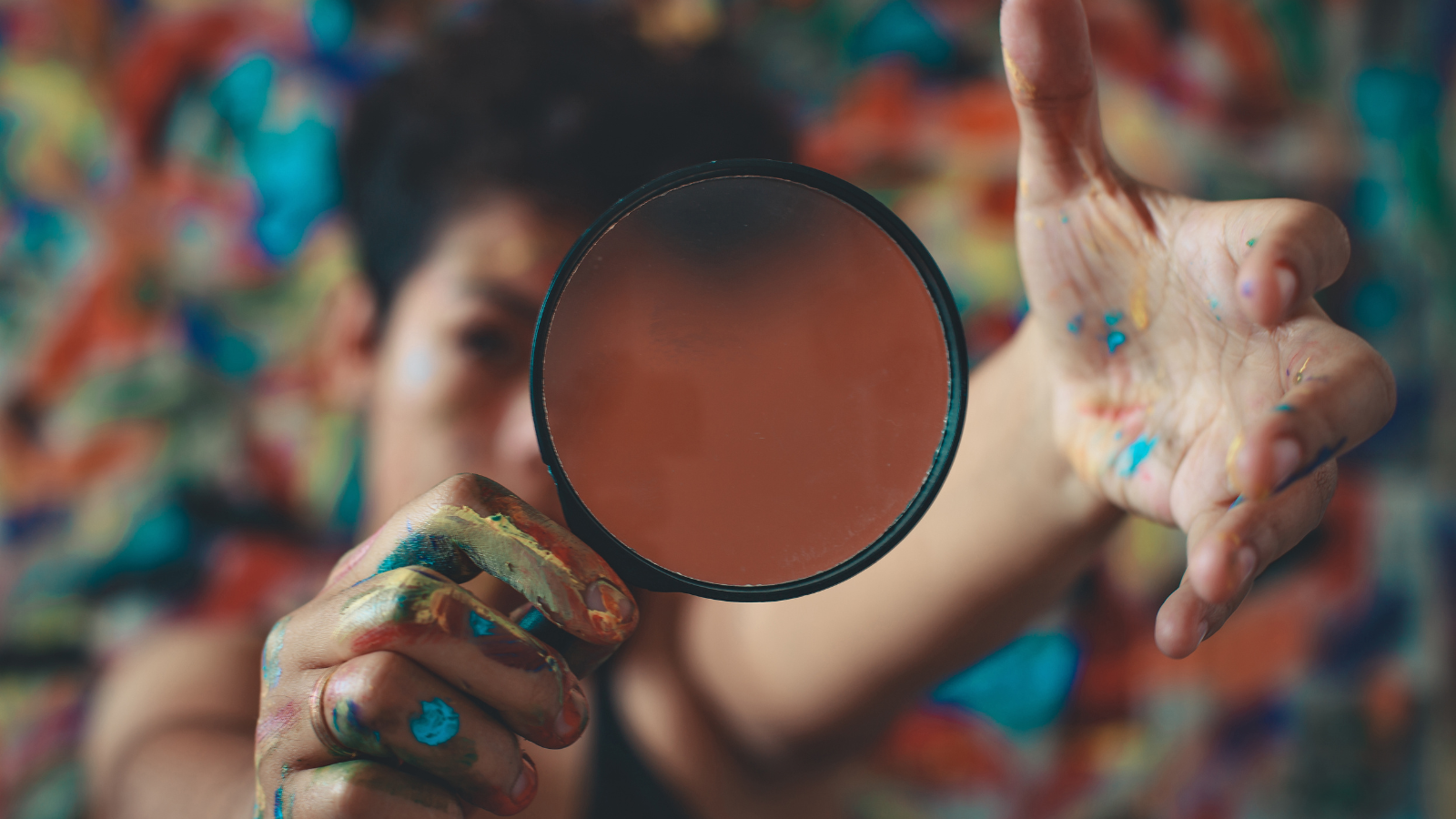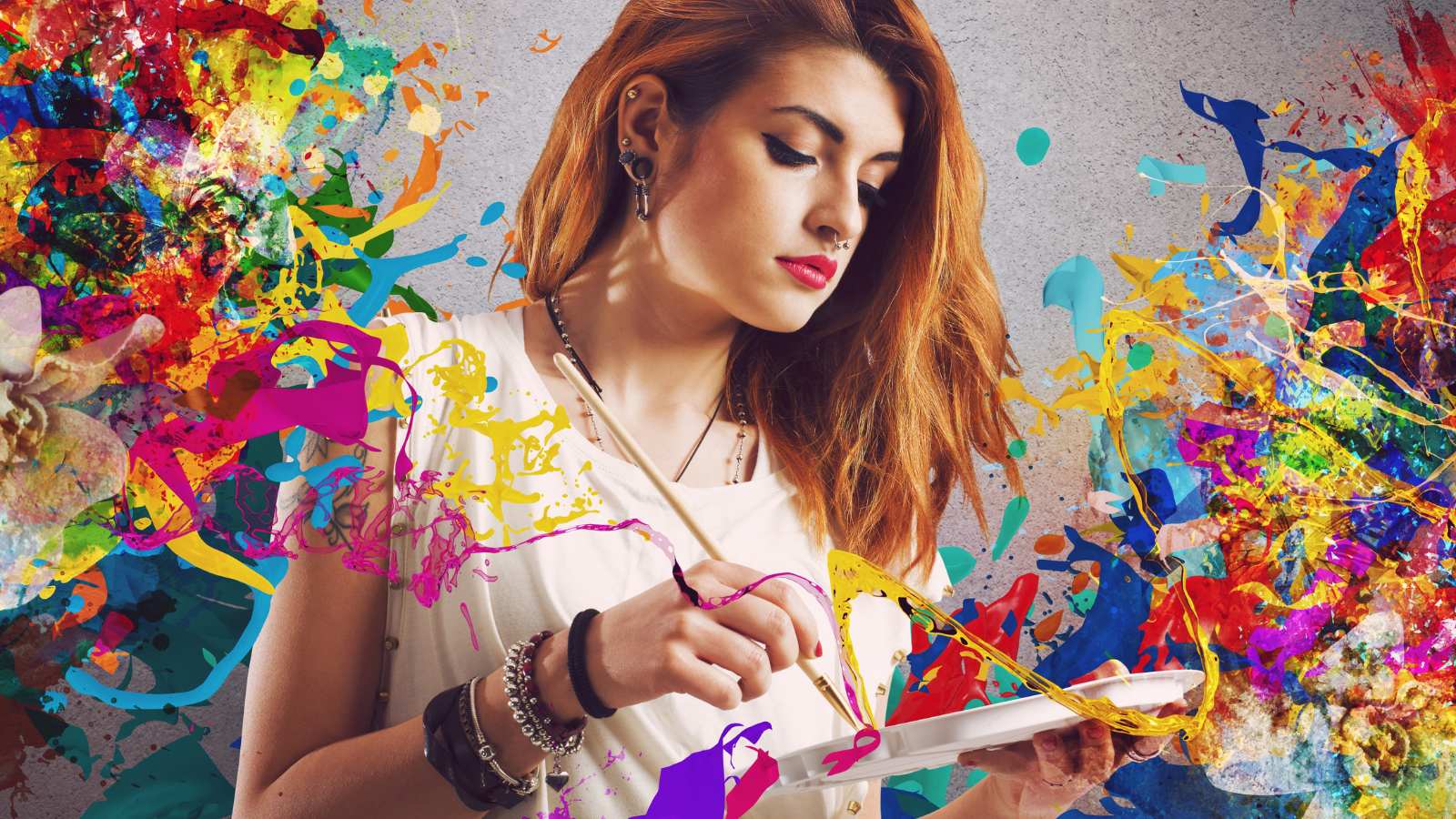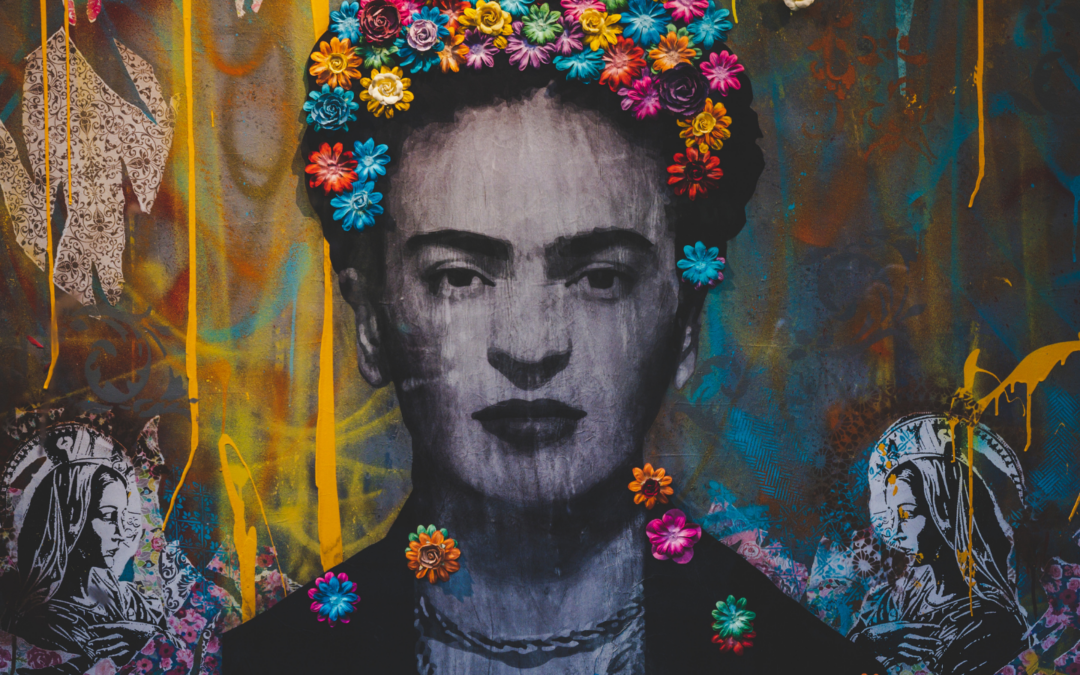Creativity is a powerful force that goes beyond artistic expression—it holds the key to enhancing problem-solving abilities. By encouraging individuals to think beyond the boundaries of convention, creativity opens doors to unconventional solutions and fresh perspectives. When combined with problem-solving, creativity becomes a catalyst for unlocking unique insights and charting new paths to effective resolutions. This article explores the intricate connection between creativity and problem-solving, delving into how creative thinking expands problem-solving capabilities, facilitates lateral thinking, and cultivates a positive and resilient mindset.
Creativity Enhances Problem-Solving Abilities
Creativity plays a vital role in enhancing problem-solving abilities by encouraging individuals to think outside the box and explore unconventional solutions. When faced with a problem, creative individuals often approach it from multiple angles, considering diverse perspectives and possibilities. They embrace a mindset that welcomes new ideas and unconventional thinking, enabling them to break free from traditional patterns and explore innovative solutions. By incorporating creative thinking into the problem-solving process, individuals can uncover unique insights and discover uncharted paths that may lead to more effective and efficient resolutions.
Moreover, creativity allows individuals to connect seemingly unrelated concepts and draw upon a wide range of knowledge and experiences. It enables individuals to make novel associations between different ideas and domains, facilitating the discovery of creative solutions to complex problems. Creative problem solvers are skilled at identifying patterns, recognizing hidden connections, and applying insights from one domain to another. This ability to think laterally and make unconventional associations expands the problem-solving toolkit, opening up new avenues for finding solutions that may not be apparent through traditional analytical approaches alone.

In addition to facilitating unconventional thinking, creativity also fosters a positive and optimistic mindset. Creative individuals often approach problems with a sense of curiosity, enthusiasm, and a willingness to take risks. They view obstacles as opportunities for growth and are more likely to persevere through challenges, leading to more resilient problem-solving. This mindset encourages individuals to embrace ambiguity, tolerate failure, and remain open to feedback, all of which contribute to a more iterative problem-solving process. By incorporating creativity into problem-solving, individuals can develop a mindset that encourages exploration, innovation, and continuous improvement, ultimately leading to more effective and efficient solutions.
Creativity Cultivates Inspiration and Motivation
Creativity cultivates inspiration and motivation by engaging individuals in activities that stimulate their imagination and ignite a sense of curiosity. Engaging in creative pursuits such as brainstorming sessions, artistic endeavors, or exploring new ideas and concepts can spark inspiration by exposing individuals to new perspectives, possibilities, and sources of inspiration. Creative activities often involve breaking free from routine, stepping outside of comfort zones, and embracing novel approaches, all of which can invigorate the mind and ignite a renewed sense of motivation.
Furthermore, the act of creating itself can be inherently rewarding and satisfying, providing individuals with a sense of purpose and fulfillment. When individuals engage in creative endeavors, they often tap into their passions and interests, which can generate a strong intrinsic motivation to continue exploring and pushing boundaries. The joy and satisfaction derived from creative expression fuel a positive feedback loop, where the more individuals engage in creative activities, the more motivated and inspired they become to pursue further creative endeavors.

Creativity also encourages individuals to seek out diverse experiences and perspectives, which can expand their horizons and provide fresh sources of inspiration. Engaging with different cultures, exploring new environments, or collaborating with people from diverse backgrounds can expose individuals to a wealth of ideas and insights that can stimulate their creative thinking. This exposure to new stimuli and perspectives fosters a sense of curiosity and a desire to explore further, enhancing motivation and inspiring individuals to think beyond the conventional boundaries of their work or projects.
Creativity Encourages Flow State and Focus
Creativity has a strong connection to the state of flow, a mental state characterized by deep focus, heightened concentration, and a sense of energized engagement in an activity. When individuals engage in creative pursuits, they often become fully absorbed in the task at hand, entering a flow state where their attention is undivided, and distractions fade away. This state of flow is conducive to productivity as it allows individuals to work with enhanced efficiency and effectiveness.
One reason creativity encourages flow is that it inherently involves setting clear goals and challenges that align with an individual’s skills and abilities. When individuals engage in a creative task, they often have a clear objective or outcome in mind, and they can channel their efforts toward achieving that goal. This clarity of purpose, combined with a suitable level of challenge that stretches their skills just enough, helps individuals enter a flow state where they can experience a deep sense of focus and concentration.

Additionally, creative activities often provide immediate and clear feedback, allowing individuals to adjust their actions and maintain focus in the present moment. Whether it’s painting, writing, or problem-solving, the immediate feedback loop inherent in creative endeavors keeps individuals engaged and in a state of flow. They can quickly assess the impact of their actions, make adjustments, and continue progressing, which further sustains their focus and deepens their immersion in the task.
In conclusion, the interplay between creativity and problem-solving is a dynamic and transformative process. Creativity enhances problem-solving abilities by fostering unconventional thinking, expanding the problem-solving toolkit, and instilling a resilient and optimistic mindset. The infusion of creativity into problem-solving empowers individuals to approach challenges from multiple angles, tap into diverse knowledge and experiences, and make innovative connections between seemingly unrelated concepts. Moreover, creativity cultivates inspiration, motivation, and a sense of purpose, propelling individuals to explore new horizons and strive for continuous improvement. As individuals embrace their creative potential, they unlock the power to envision imaginative solutions and navigate complex problems with ingenuity and productivity. By harnessing the synergy between creativity and problem-solving, individuals can unlock their full potential and pave the way for innovation and success in their personal and professional endeavors.
Continue the conversation
Join other idea generators, action takers, and creative leaders in our free Guild community and continue the conversation. Share your mission statement and business philosophy or get support and suggestions for writing yours.

